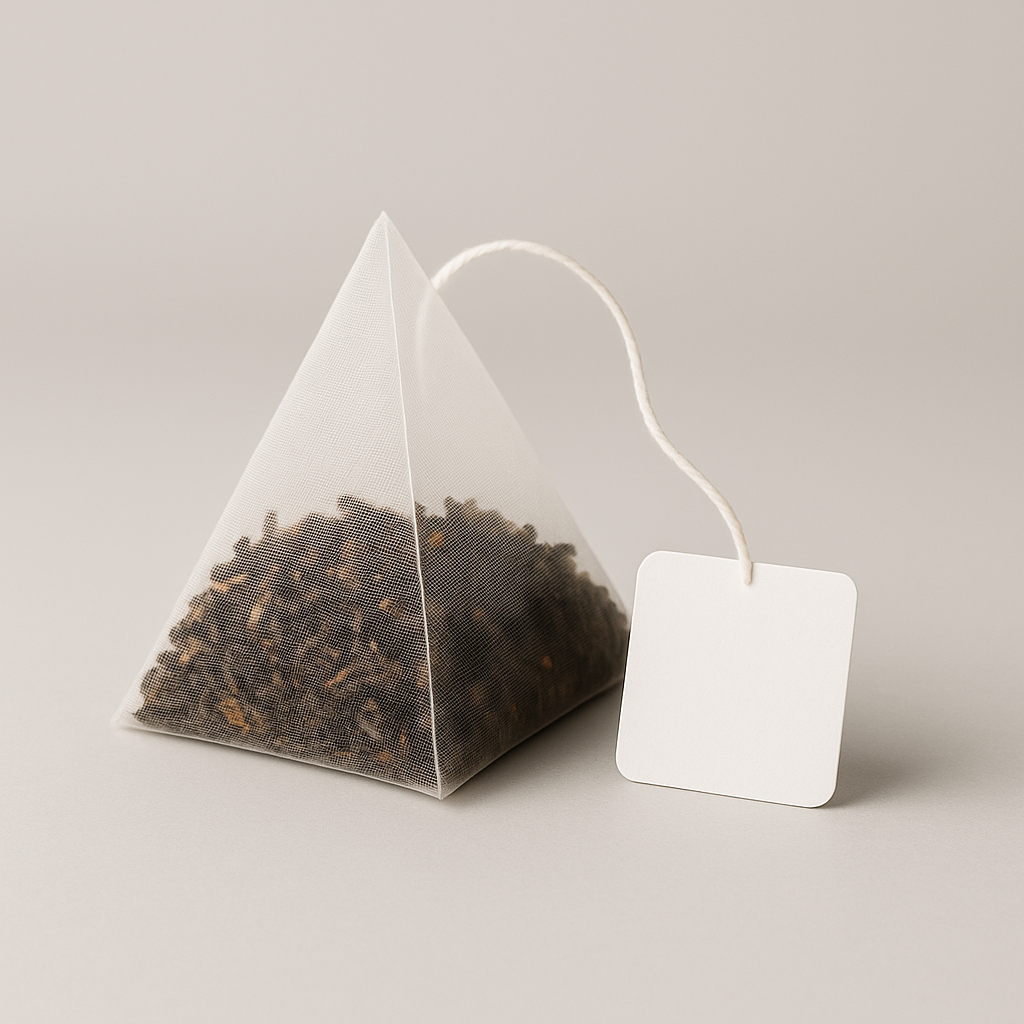5 Ways to Differentiate Your Retail Brand with Private Label Tea

In the ever more crowded world of retail, standing out is essential. Private label tea offers a powerful path for retailers to build something unique and grow customer loyalty. Drawing on trends, here are five ways you can make your private label tea brand distinct and successful.
1. Have a Strong Signature Story and Identity
A key strength of private label brands lies in crafting a unique story — something customers cannot find elsewhere. For tea, your story might be:
- A particular origin.
- A family-run tea plantation.
- Regenerative farming techniques.
- Sourcing from small artisan growers.
When your customers feel emotionally connected to the mission and values behind your tea, they are more likely to choose it over generic competitors.
Your brand identity should carry through in visuals, tone of voice, packaging design, and product range. Consistent fonts, imagery, and colours help your teas become instantly recognisable on shelf or online. Your logo and messaging should reflect the values of your target audience — whether that’s health consciousness, sustainability, or indulgent refreshment.
People are increasingly choosing to buy from small businesses they feel they “know” rather than large faceless corporations. That means you shouldn’t be afraid to tell your own story too — not just where your tea comes from. How long have you been in business? What drew you to tea? You could even tell your customers if there are any pets in the company because who can resist a lovely puppy?
2. Offer Unique Blends and Ingredients
It’s best to differentiate yourself in this space with your product itself. For private label tea, you can introduce signature blends or infusions that reflect local or exotic botanical combinations, rare varietals, or functional health teas (e.g. herbal blends, adaptogens, detox or wellness blends). You could also consider small batch teas and seasonal offerings for continual novelty and customer engagement.
Another angle is format innovation: cold brew sachets, compostable pyramid bags, loose leaf in resealable pouches, or even tea pods if your customers use compatible machines. You could also experiment with dual sachets for layering flavours. Whatever the case, the idea is to have something fresh and not easy to replicate.
3. Emphasise Sustainability and a Transparent Process
Consumers today care not only about taste but about ethical sourcing, environmental footprint and transparency. If your tea is sourced using regenerative agriculture, fair trade practices, or organic certification, make that clear. Use packaging that is recyclable, compostable or refillable, and label it boldly to appeal to eco-conscious customers.
Transparency is especially powerful: include information on the estate location, profiles of the individual farmers you’re supporting, harvest dates, tasting notes — as much information as you can. Being open about your supply chain builds credibility and helps your tea line feel less generic and more authentic to your brand.
4. Don’t Be Afraid of Refining
One trademark of successful private label branding is treating feedback as a growth opportunity. Collecting and acting on customer reviews helps you refine blends over time and also builds trust among new buyers. Ask customers to share tasting notes, photos or suggestions. If you have the capacity, run market research events to try out new flavours.
You can also use this feedback in marketing. Prominently feature quotes, star ratings and stories of how people enjoy your blends. When customers see real voices behind the product, it helps your tea line stand out.
5. Carefully Consider Marketing and New Offering Launches
Your private label tea needs a smart marketing approach to draw attention. You might introduce limited editions, seasonal releases, or collaborations (for instance with herbalists, nutritionists, or influencers) to spark excitement and attract a varied audience.
You could host tasting events to let customers sample and share their experience. This works especially well if your tea range is launched as a side venture to an existing café. You’ll not only draw in customers for the new tea lines, but also remind them where your café is and what refreshments you offer.
Use social media and email marketing wisely and regularly to tell your tea brand’s story, explain your sourcing, and introduce new blends.
Also, ensure you break up your launches — perhaps offering a small batch to your most loyal customers first as a “members only” release before a wider rollout. Track which blends perform best and use that data to expand your core range or retire weaker options. This exclusivity also builds intrigue and makes your full launch more successful as people feel they have missed out.
Choose a Tea Supplier You Can Trust
We’d like to humbly suggest that our team at Teavision would be an ideal partner as you explore this private tea label journey. For more than 10 years we’ve supplied businesses like yours with bulk wholesale products. This knowledge has allowed us to build great relationships with suppliers so we can provide a consistent quality product that your customers will love. Read more about our story here.
We can also work with you to create a private label blend, helping you with everything from choosing flavours to packaging. That way, if you’re new to this, you’ll have a guiding hand and you won’t need to worry about setting up manufacturing to begin. Read more about our packaging services here.
- Lucas Ruzicka
Comments 0